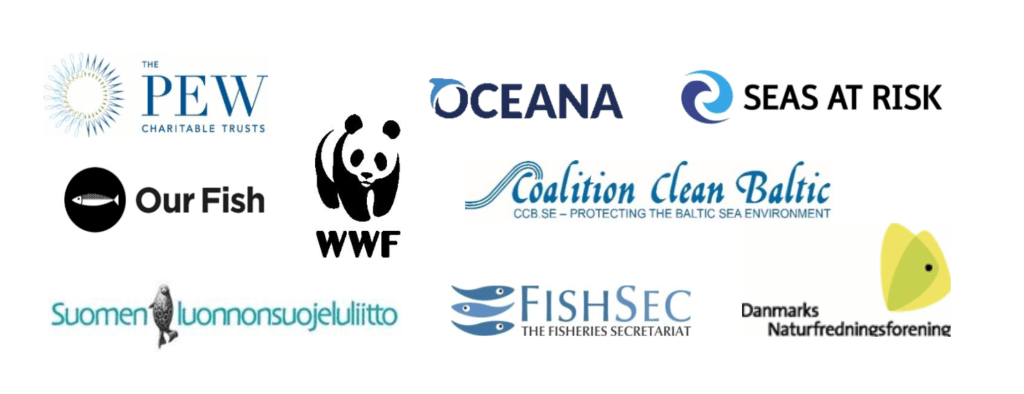Download full document: Joint NGO recommendations on Baltic Sea fishing opportunities for 2021 (pdf)
In October 2020, EU fisheries ministers will agree on fishing opportunities in the Baltic Sea for 2021. As the deadline to end overfishing by 2020 at the latest as legally prescribed by Article 2(2) of the Common Fisheries Policy (CFP) has passed, all fishing limits must be based on sustainable exploitation rates [1].
Last year, ministers set 5 out of 10 Total Allowable Catches (TACs) in the Baltic Sea exceeding the best available scientific advice for 2020, thereby contravening the CFP deadline. The European Commission proposal included 4 out of 10 TACs exceeding scientific advice, and ministers further increased catch limits beyond levels proposed by the European Commission (e.g. Baltic sprat, western Baltic cod and herring),whilst also removing some positive Commission proposals for improved at-sea monitoring of Baltic cod bycatches [2].
Moreover, the European Ombudsman has made recommendations to improve the transparency of the Council when setting fishing opportunities. The Ombudsman confirmed a finding of maladministration in April 2020, expressing disappointment that Council decision-making contravened key democratic standards [3].
This document outlines the joint NGO recommendations on Baltic Sea fishing opportunities for 2021 in the context of EU fisheries legislation, scientific advice on catch limits,the sharing of stocks with third countries and the current COVID-19 circumstances.
We urge the European Commission to propose, and fisheries ministers to agree on fishing opportunities in accordance with the following recommendations:●
- Set TACs not exceeding scientifically advised levels based on the MSY Approach for all stocks for which MSY-based reference points are available;
- Where MSY-based reference points are not available, to not exceed the Precautionary Approach catch limits advised by the International Council for the Exploration of the Sea (ICES);
- Set TACs not exceeding the FMSY point value specified in the Baltic Sea Multi-Annual Plan (MAP), following the ICES MSY Advice Rule when spawning stock biomass (SSB) is below the MSY Btriggerreference point;
- Set TACs at more precautionary levels and take additional spatial and temporal measures to accommodate stock-specific uncertainties (catch misreporting, discards, assessment bias etc.), interspecies stock dynamics (e.g. sprat-cod) and low recruitment trends of individual stocks, whilst also considering other pressures (pollution, eutrophication, climate change) on the Baltic ecosystem that are likely to affect the abundance of fish stock biomass;
- Take into account the lack of implementation of the Landing Obligation (LO) when setting TACs, and either require remote electronic monitoring (such as cameras) or onboard observers for all vessels above 12m and for medium-high risk vessels below 12m, or set TACs below ICES catch advice to ensure illegal, unreported discarding does not lead to actual catches exceeding ICES catch advice;
- Provide transparent calculations for TACs based on the ICES advice on fishing opportunities;
- Improve transparency by making publicly available any proposals subsequent to the official Commission proposal, including Commission non-papers,Council Working Party, and AGRIFISH Council documents and minutes.
Continue reading – Download: Joint NGO recommendations on Baltic Sea fishing opportunities for 2021 (pdf)
1 REGULATION (EU) No 1380/2013 of the European Parliament and of the Council of 11 December 2013 on the Common Fisheries Policy. 2 The Pew Charitable Trusts (2020). Analysis of Fisheries Council agreement on fishing opportunities in the Baltic Sea for 2020.
3 https://www.ombudsman.europa.eu/en/decision/en/127388

